I whipped round (as my Mum used to say) the Cezanne exhibition at Tate Modern last month. Really whipped round, as in properly speedy. I’m not especially proud of this but I do have form; Simon and I once managed to ‘do’ the Uffizi Gallery in 35 mins flat. That was in 1988 and I still don’t feel guilty. The Cezanne (nb without the accent) show was big but absolutely PACKED and I just couldn’t summon the energy to deal with the slow-moving crowds, wait to look at a painting, and to read virtue-signalling labels, the likes of which seem to be proliferating in the big collections these days. I did like his apples and mountains, but the best thing was discovering that he was at school in Aix-en-Provence with Emile Zola. Imagine that, two French greats of the nineteenth century in a provincial boarding school at the same time. What a school magazine they could have produced.
All of which makes me appreciate the small town and the provincial more than ever. I’m never tired of London, but getting there is tiring - or just impossible - at the moment, with strikes and motorway closures and diversions popping up everywhere as if for road-workers’ amusement.
It also makes us phenomenally fortunate to be in Cambridge. Last week we went to see the Defaced! Money, Conflict, Protest exhibition which is unexpectedly brilliant (and not overcrowded).
It costs nothing to get in, not even a defaced banknote (by Dave Buonaguidi AKA Real Hackney Dave)
or a Victorian protest penny. I’d never considered money as a vehicle for protest, but the displays of beautifully engraved rude messages and crudely hand-stamped political slogans on coins, plus artistically altered banknotes from the last 250 years, made me think differently. I also loved the money printed by the HSCB in Walthamstow (Hoe Street Central Bank) which dealt not in sterling or dollars or euros but in Steves, Traceys, Sairas and Garys as a way of raising funds to buy local debt.
The only negative was the use of the historical present tense on all of the labels and information panels. Although it is vastly overused in history programmes on TV, it was the first time I’ve seen it used in an art gallery. Without wishing to appear rude/old-fashioned (I so am), I bloody hate it. And ironically it’s already historical and sooooo 2014.
[The Lacemaker (Mrs Newell Making Lace) c1920 by Charles Spencelayh 1865-1958) in the Higgins collection]
This week’s small town was Bedford, a place I’d never been to but which makes me think of Dukes, Bloomsbury squares, Bunyan, and vans. It has a lovely art gallery and museum in the former Higgins brewery - a bit of a warren but packed with glass, pottery, furniture, art, textiles, and local history.
[Edward Bawden’s pattern design for Findlater’s wine merchants, 1926]
The small and beautiful Edward Bawden exhibition closes soon, but the excellent Changing Times exhibition of C20 art is on until April. It is curated by James Russell who is the model of clarity when writing and speaking about art (and never uses the historical present). I Zoomed into his pre-Christmas lecture on Eric Ravilious in which he explained the stories behind the shops in High Street (first pub. 1938) with great knowledge and lots of delightful detail. (Three of the illustrations are in the exhibition.)
I love the shops in High Street, and the real old shops in small towns and villages, even if many have now been turned into residences. I like spotting the old signs, fascias, tiles, lettering, and all sorts of different windows, from C18 chemists with bowed windows to sleek plate glass and chrome of the 1960s. These glorious little premises are also a reminder of what’s been lost in terms of local skills and independent businesses, so while finding traces of them is enjoyable, it also makes me feel a little wistful.
[lacemaking, primary school, makers’ mark]
Two Northamptonshire skilled trades which are mostly part of the historical past these days are shoemaking and lacemaking; both are celebrated in the Millennium window in the church in Bozeat (pron. Bozhut, as in Beaujolais, I was told).
It’s colourful, ebullient, very local-modern-meets-Brueghel-traditional. Well worth getting the big camera out for; the makers Chris Fiddes and Nicholas Bechgaard signed their work neatly (next to the purple lace cushion).
A window on a fascinating small world.
Bon dimanche!




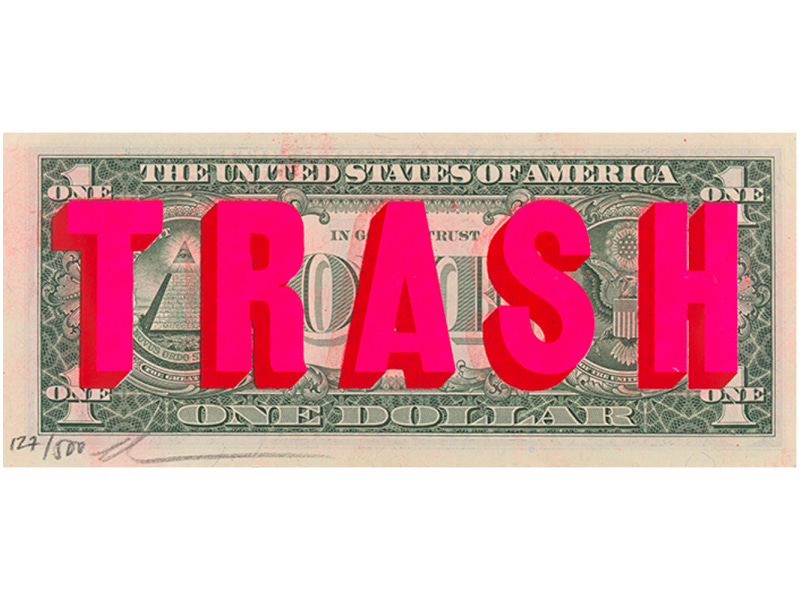

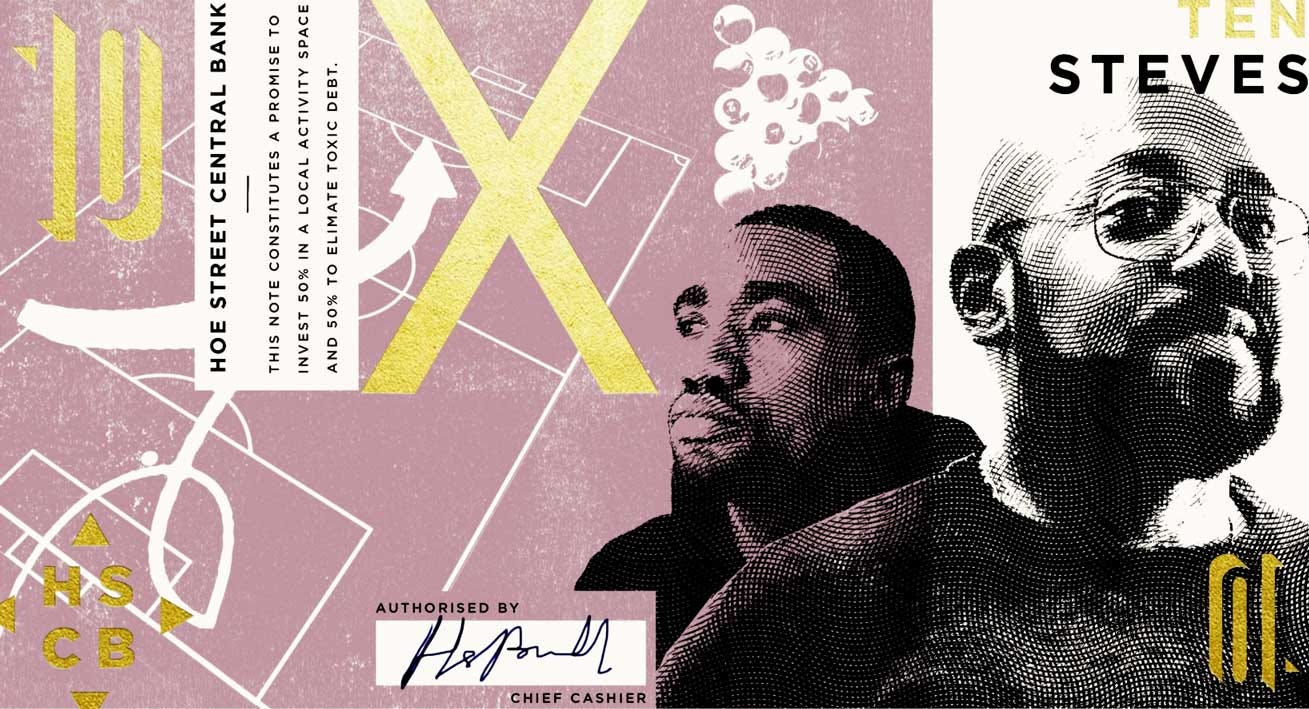



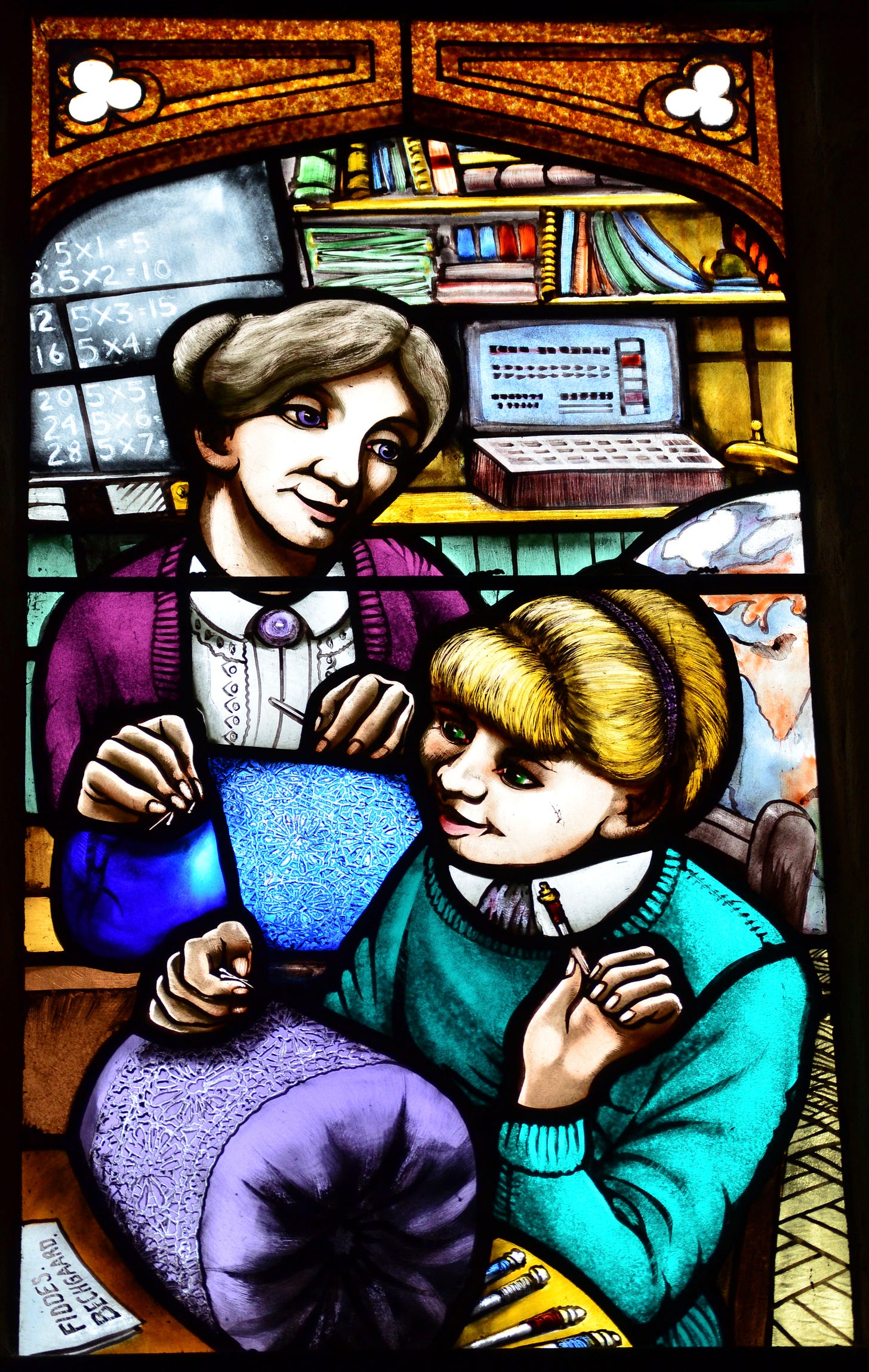
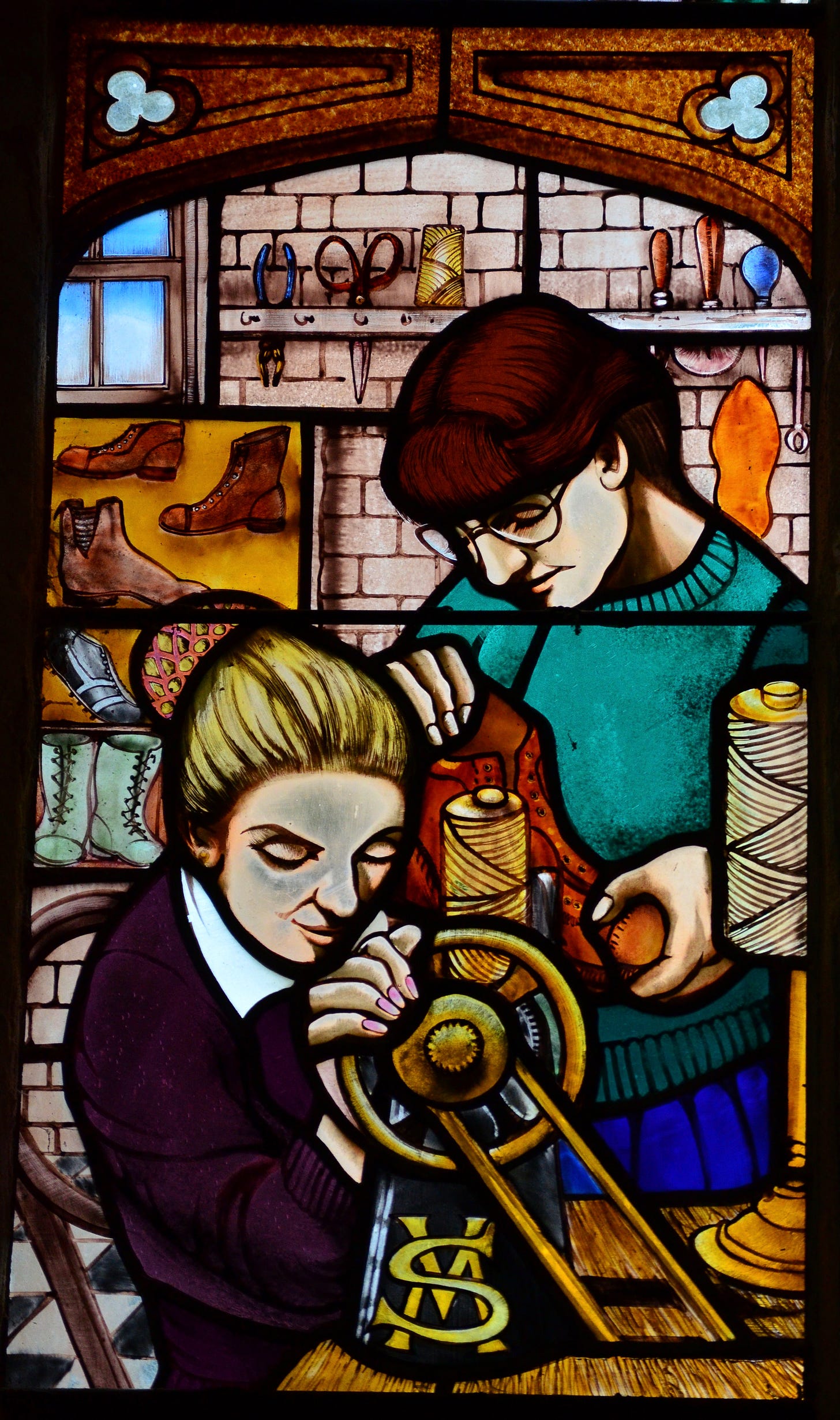
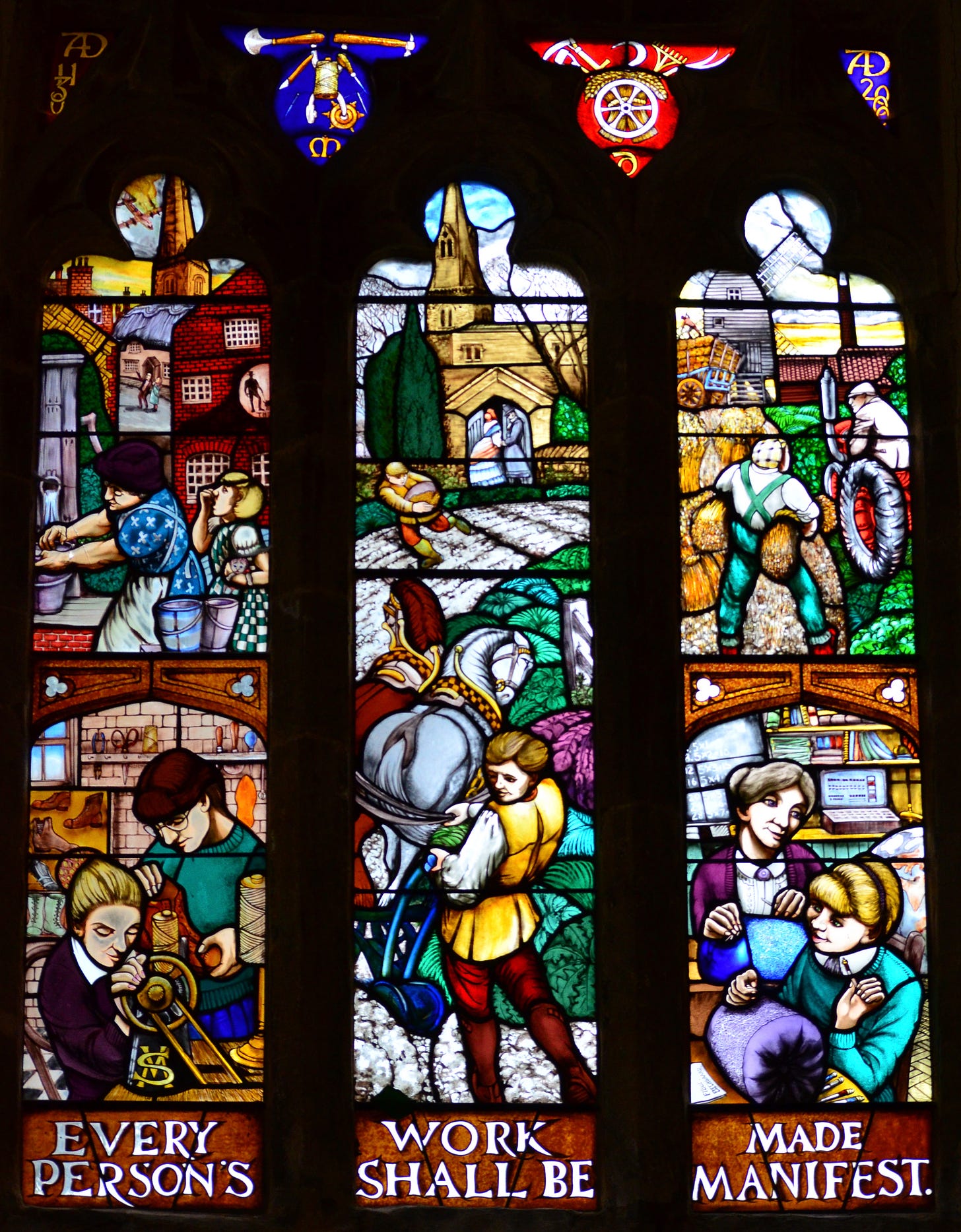
Could you please give an example of what you consider “virtue signaling” in the descriptive text for the Cezanne exhibit? I’m quite familiar with virtue signaling in other contexts. Also it would have been helpful if you gave an example of the “historical present” you find so egregious. Not all readers will know. Thanks!
There are different conceptions of whipping round. To lower the tone completely, my husband complained at the end of a recent visit to IKEA in Edinburgh that we had "whipped round", and shouldn't we go round again. I thought we had positively crawled round... A moment of tension ensued.
I love Ravilious' work and have his "High Street" book. The James Russell lectures are excellent - I'm sorry to have missed the last one. The unique shops remind me that another reason I love Antwerp is the small shops - a glove shop, apparently unchanged since the 1930s, a shop selling Scout and Guide uniforms, all cord breeches and long shorts, but also a fantastic range of Dale of Norway hats...